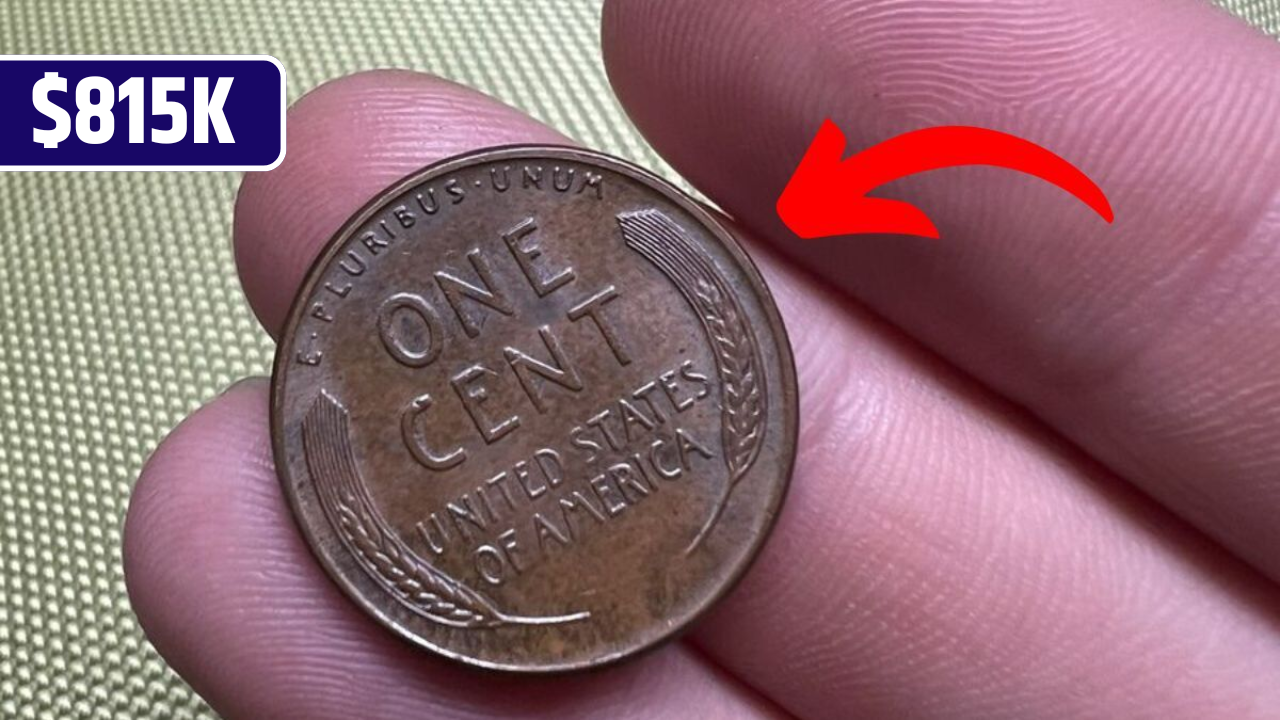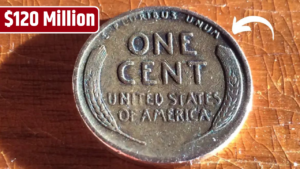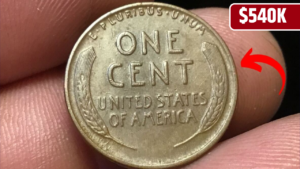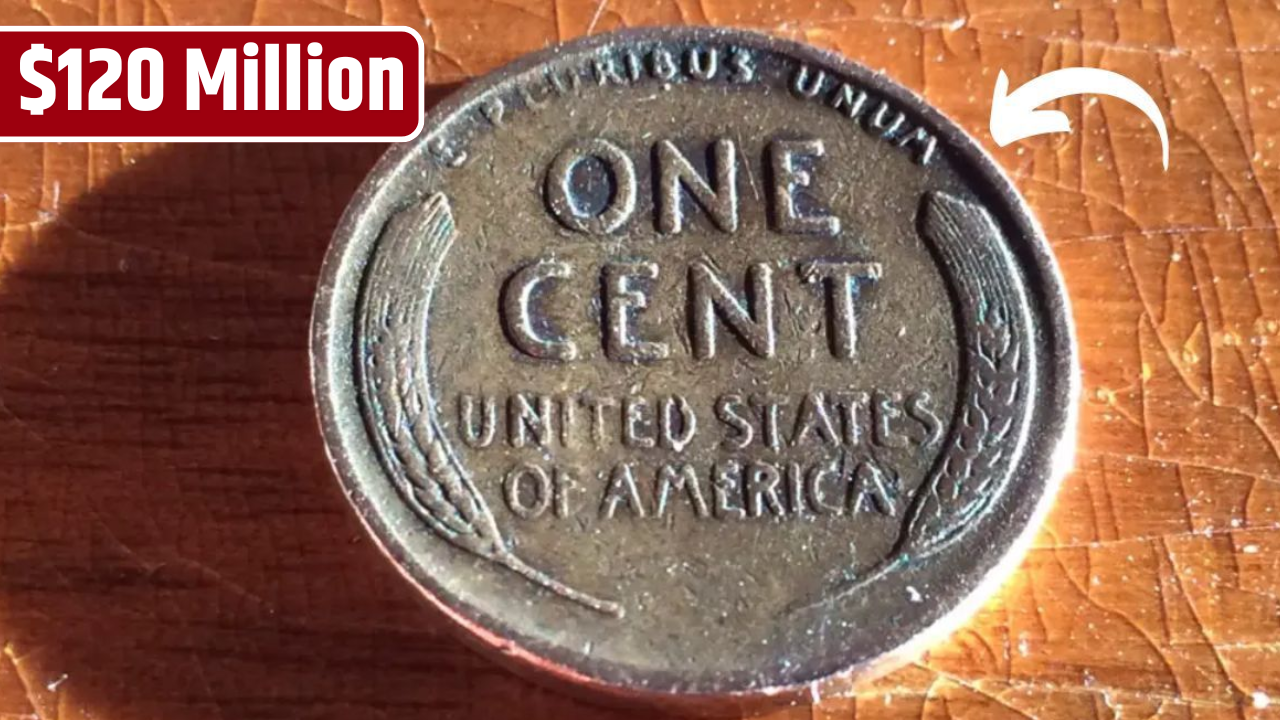A copper penny worth over $800,000? It might sound like folklore, but in the niche world of coin collecting, certain Lincoln Wheat Pennies have become icons of value, with one rare 1943 copper penny fetching a staggering $815,000 at auction.
These aren’t ancient artifacts locked away in vaults — they’re everyday-looking coins that might be hiding in your change jar or tucked in a drawer. Here’s how a humble piece of copper could become the treasure of a lifetime.
The Birth of the Lincoln Wheat Penny
In 1909, the U.S. Mint made history by placing a real person — President Abraham Lincoln — on the face of the one-cent coin. Designed by sculptor Victor David Brenner to commemorate Lincoln’s 100th birthday, this coin broke tradition by replacing the symbolic figure of Liberty with an American leader.
The reverse side of the penny featured two wheat stalks framing the denomination and country name, symbolizing the nation’s agrarian roots and prosperity. This design remained in circulation from 1909 until 1958, earning it the nickname “Wheat Penny.”
Why Some Wheat Pennies Are Worth a Fortune
The most valuable Lincoln Wheat Pennies owe their worth to an extraordinary accident during World War II. In 1943, to preserve copper for wartime needs, the U.S. Mint produced pennies using zinc-coated steel — resulting in the only year the penny had a silvery appearance.
But a rare error occurred when a few copper planchets from 1942 were mistakenly fed into the presses during 1943 production. These off-metal errors created the elusive 1943 copper pennies. Only around 20 authentic examples are known to exist, making them one of the rarest coins in American numismatics.
One of these pennies sold for $815,000 at auction — a sum that dwarfs the cost of most luxury cars and even many homes.
Factors That Determine a Penny’s Value
Not every old penny is worth a fortune. Several key factors influence a coin’s value:
| Factor | Description |
|---|---|
| Rarity | Fewer known examples = higher value. |
| Historical Significance | Ties to major events (e.g., WWII) add collectible value. |
| Condition | Mint condition coins are worth far more than worn ones. |
| Authentication | Certification by professional grading services protects against counterfeits. |
Other Valuable Lincoln Wheat Pennies
While the 1943 copper penny is the crown jewel, other rare Lincoln Wheat Pennies are also sought after:
- 1909-S VDB – Features the designer’s initials and a limited San Francisco mintage.
- 1914-D – Scarce due to a lower production run from the Denver Mint.
- 1922 “No D” – A mint error with no visible Denver mint mark.
- 1931-S – A Great Depression-era penny with only 866,000 minted.
These coins, especially in excellent condition, can fetch hundreds to thousands of dollars.
Treasure in Your Pocket?
What sets Lincoln Wheat Pennies apart is their accessibility. Unlike gold coins or ancient relics, these were everyday pocket change. And many still circulate or rest unnoticed in jars, boxes, and collections across the country. With just a little knowledge and keen observation, anyone could stumble upon a high-value coin — no treasure map required.
The thrill of discovery makes wheat penny collecting especially exciting. Whether you’re browsing a flea market, sorting inherited coins, or double-checking your spare change, the next valuable penny could be right in front of you.
For those intrigued by the hobby, start by learning how to identify key dates and mint marks. Invest in a magnifying glass and reference guide, and consider having potentially rare finds evaluated by a professional numismatist.
Always remember, this information is based on historical data and trends — actual market values fluctuate depending on demand, coin condition, and authenticity.
FAQs
What makes the 1943 copper penny so valuable?
It was a minting error during WWII, with only about 20 known examples, making it incredibly rare.
How can I tell if I have a rare wheat penny?
Check the date and mint mark. Look for 1909-S VDB, 1914-D, 1922 “No D”, 1931-S, and especially 1943 copper pennies.
What should I do if I think I’ve found a valuable coin?
Don’t clean it. Contact a reputable coin grading service for authentication and appraisal.
Are all wheat pennies valuable?
Most are only worth a few cents to a few dollars, but rare dates and mint errors can be worth much more.
Can I still find valuable wheat pennies in circulation?
It’s rare, but possible. Many collectors have found valuable coins in everyday change or old family collections.









